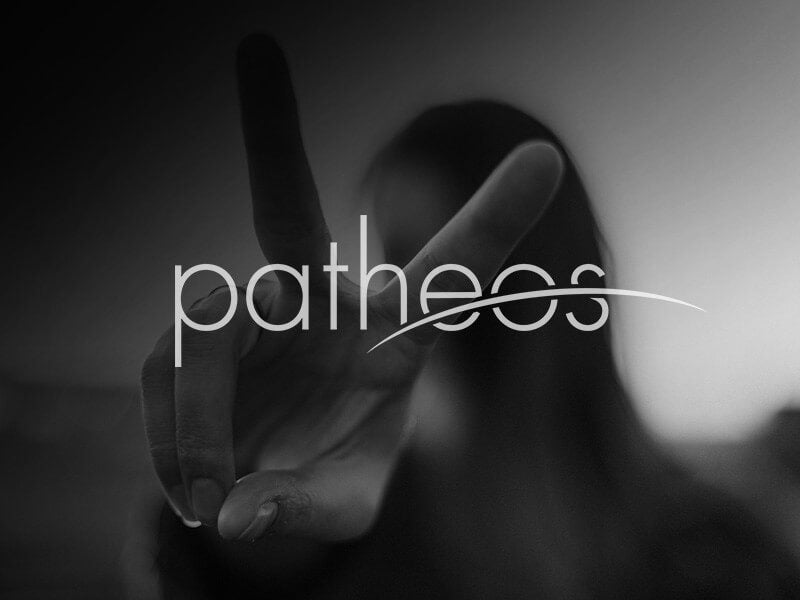 I am a bit tired of literal, anthropomorphic interpretations of God. Could there really be a bearded, gray-haired male deity in the sky judging our every move? Why would this guy even want to spawn offspring, and mystify people centuries later trying to figure out how that could have happened without the usual means for transmitting sperm? Was eating that apple in the Garden of Eden truly such a serious offense? Would God actually need to have his own “son” executed to redeem humankind for this egregious sin? Really?? Haven’t we mostly outgrown the need for this kind of God – and this kind of story – by now?
I am a bit tired of literal, anthropomorphic interpretations of God. Could there really be a bearded, gray-haired male deity in the sky judging our every move? Why would this guy even want to spawn offspring, and mystify people centuries later trying to figure out how that could have happened without the usual means for transmitting sperm? Was eating that apple in the Garden of Eden truly such a serious offense? Would God actually need to have his own “son” executed to redeem humankind for this egregious sin? Really?? Haven’t we mostly outgrown the need for this kind of God – and this kind of story – by now?
The numerous atheists, and the even faster-growing number of spiritual but not religious people in our culture, show that many no longer relate so well to the stories people used in the past to explain our existence.
But while outright rejection of a parent-figure God is easy enough, it fails to take into account one thing. Why – down through the ages, and in every part of the world – has every civilization created some sort of religion, developed some attempt to connect with something greater than the obvious material reality? What would have motivated this search in every culture?
It seems a basic trait of human nature to want to connect with something outside the self. For some of us, immersion in family, community, profession, and hobbies takes us sufficiently outside ourselves to satisfy that need. But others sense the presence of something else – something beyond the material reality that beckons them even farther outside themselves. They sense a numinous connection to others, to nature, to whatever might be our ultimate reality. And they seek a way to express this yearning, a way to practice it and even enhance it.
And this is how our religions got started – not just Christianity, but all the religions the world has ever known. The problem is that each culture tried to express this yearning in terms that made sense for its own people, and that may not immediately make much sense to people outside that culture. In the worst cases, the forms of expression these cultures chose had to be simplified – reduced to something readily understandable to children and sharable with those who did not feel the mystical connection that inspired the religion in the first place. So…the vast, incomprehensible yearnings of highly spiritual people have been reduced to simple stories with magic figures that were supposed to be symbols of the divine – not literally Divine characters themselves.
The God of Christianity was supposed to be one of these symbols. Instead “he” has been tragically concretized into an actual being – that bearded old guy in the sky… Why do people cling so hard to that image? And why are so many getting disgruntled with it?
Retired minister Jack Good, author of The Dishonest Church (St. Johann Press, 2008) (A highly recommended book by the way! His main point is the tragic discrepancy between what theologians and modern scripture scholars know, and the highly watered down(and literalized)versions that are passed along as religious truth from the pulpit) points out how what worked as a symbol for one culture will tend to lose power over time as that society changes. Today in the western world, God as a strict but protective father, and Jesus as a comforting friend are losing power as symbols among sophisticated modern people. As someone for whom those symbols “lost power” decades ago, I could not agree more. I feel this phenomenon is giving rise to the increasing number of “nones” – people who don’t feel the need for God or religion – and the swelling “spiritual but not religious” movement.
Recognizing that people still need some way to imagine and refer to the Divine, toward the end of his book, Good suggests three new symbols for God (or the Ultimate Mystery) – ones that respect some of our recent scientific findings, and which may hold more power for today’s person.
-God is music – Good taps into the notion of string theory, where the most basic building block of matter is something called a superstring. The vibration of these superstrings leads to the formation of protons, neutrons and electrons, the larger particles we all learned about in science class. In string theory, the universe can be seen as a vast symphony based on the interplay of bejillions of superstrings. Good goes on to point out how music as we know it therefore participates in the essence of reality, mimicking the creative work of God. Not being especially musically talented, I found this particular analogy interesting – but a bit of a stretch.
-God is light – now this is something I can wrap my brain around. As an optometrist by profession, every day in the office I manipulate the distances at which light rays focus. Yet for me light is something far more mysterious and wonderful than anything I can “control” with my professional methods. Light is both a literal physical reality without which we could not function, and a metaphor for lots of good things – clarity, understanding and even wisdom. Jack Good points out how light as a symbol for the Ultimate Mystery is especially appropriate today. We still don’t fully understand the nature of light – is it a wave or a particle? – just as at the spiritual level we must admit we do not fully understand the Ultimate Mystery. Accepting light as a metaphor for the Ultimate Mystery lets me contemplate the vast wonder of a complexity I am only just now beginning to appreciate ….
-God is love –The God is Love notion is actually quite popular in certain kinds of spiritual circles today. That alone shows the general appeal this model may already hold in our current culture. We must just be careful to distinguish romantic and familial love from the much broader, deeper and more universal concept referenced here. Reverend Good brings in quarks and superstrings to explain just what form of love he is referring to, and I am sure I could not paraphrase his thoughts with any justice. But where light as a metaphor for the Ultimate Reality appeals to my mind, Love as a symbol for the Ultimate Mystery challenges me someplace way deeper than even the heart level. It tickles me in a way no scientific reality ever will.
The spiritual but not religious for whom the traditional God symbols are “losing power” can allow themselves to be delighted with Jack Good’s offerings of a God of music or light. Even declared atheists may be able to relate in some sense with an Ultimate Reality so deeply respectful of scientific properties of music and light. But trust in an Ultimate Mystery of Love makes demands that only the most spiritual humans will rise to meet.
Love as a symbol for the Ultimate Mystery requires faith that a connecting fabric stretches over all the universe, and trust that the inherent nature of that fabric is good. Despite unimaginable horrors, despite the greed, the repression, fear and hate some unfortunate souls are forced to experience every day of their lives – underlying all that abject misery – is a universal LOVE. Contemplating Love as the Ultimate Reality forces us to stretch beyond the limits of our human reasoning skills, and admit to possibilities we will never be able to fully grasp. It reaches us at the very depths of our being. Personally, I see it as a goal toward which I might direct my own future growth.
Moving forward, as our old religious symbols continue to lose power, I am hoping many will find their way toward appreciation of at least one of these new symbols – God as music, light and/or LOVE. More culturally appropriate today than the Father and Son figures, this new set of symbols have the power to carry us at least through the coming century, and even beyond.











